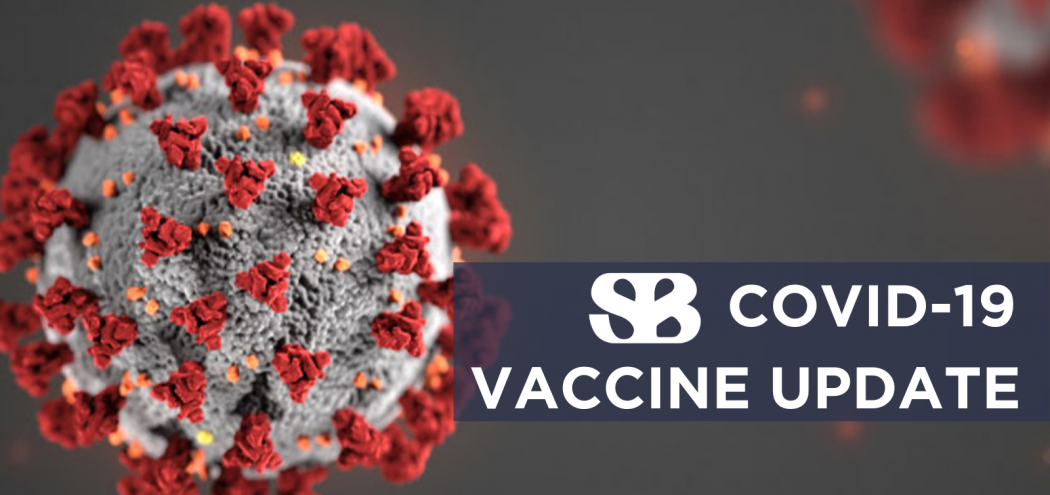
SPINA BIFIDA ASSOCIATION UPDATE ON COVID-19 – JULY 2020
Timothy J. Brei, MD, FAAP
Medical Director, Spina Bifida Association
This update provides some of the latest information to help keep people with Spina Bifida and their loved ones healthy.
COVID-19 infections in the United States continue to soar, and the lives and well-being of millions of people in the United States are at risk. The Spina Bifida Association urges our community to follow the Centers for Disease Control and Prevention’s (CDC) recommendation to take all possible precautions to prevent the spread of this virus.
Transmission: Evidence has indicated that spread of the coronavirus most likely occurs by droplets or aerosols when a person coughs or sneezes. Touching contaminated surfaces or poor hygiene during toileting procedures are also thought to be ways that a person might become infected with coronavirus. More recent evidence suggests that airborne transmission of the virus may also be possible. This means that the virus might be shed not just by coughing or sneezing, but that there may be a risk of spreading the virus just by talking or singing. Talking can produce very small droplets which can stay suspended in the air for a while. Research shows that the virus may live in the air in this way for up to three hours. Some research shows that COVID-19 may be spread by people who are not experiencing symptoms.
Symptoms: Since the initial information about COVID-19 infections was available, more has become known. Symptoms may appear anywhere from two to 14 days after exposure. In addition, the list of symptoms possible has increased and now includes the following:
- Fever or chills
- Cough
- Shortness of breath or difficulty breathing
- Fatigue
- Muscle or body aches
- Headache
- New loss of taste or smell
- Sore throat
- Congestion or runny nose
- Nausea or vomiting
- Diarrhea
Who is at risk: The infection is still worse in older adults, and older adults are more likely to die. However, COVID-19 has caused severe illness requiring children and young adults to be hospitalized. While death is still rare in young adults compared to older adults, deaths have occurred in young adults.
- Older adults
- People of any age who have:
- Chronic kidney disease
- COPD (chronic obstructive pulmonary disease)
- Immunocompromised state (weakened immune system) from solid organ transplant
- Obesity (having a body mass index, or BMI, of 30 or higher)
- Serious heart conditions, such as heart failure, coronary artery disease, or cardiomyopathies
- Sickle cell disease
- Type 2 diabetes mellitus
- People who have the following may be at increased risk:
- Asthma (moderate-to-severe)
- Cerebrovascular disease (affects blood vessels and blood supply to the brain)
- Cystic fibrosis
- Hypertension or high blood pressure
- Immunocompromised state (weakened immune system) from blood or bone marrow transplant, immune deficiencies, HIV, use of corticosteroids, or use of other immune weakening medicines
- Neurologic conditions, such as dementia
- Liver disease
- Pregnancy
- Pulmonary fibrosis (having damaged or scarred lung tissues)
- Smoking
- Thalassemia (a type of blood disorder)
- Type 1 diabetes mellitus
- Latino and African-American populations have contracted COVID-19 at higher rates than Caucasians. The factors related to this are not clearly known as yet.
How to protect yourself and your family:
- Be smart – COVID 19 is very real.
- Only go out for necessary things like food or medicines. Don’t go out if you don’t have to.
- Wear a mask when going outside for ANY reason – even if it is just to take a walk or get some fresh air and sunlight.
- Practice social distancing when not in your home. Stay at least six feet away from other people as much as possible.
- Avoid cramped spaces, crowded places, and close conversation; working and living in well ventilated places may also be helpful.
- Wash your hands frequently.
- Clean frequently touched surfaces in your home daily.
- Take care of your mental health – connect with people virtually.
Recent
SBA launching Florida statewide chapter
